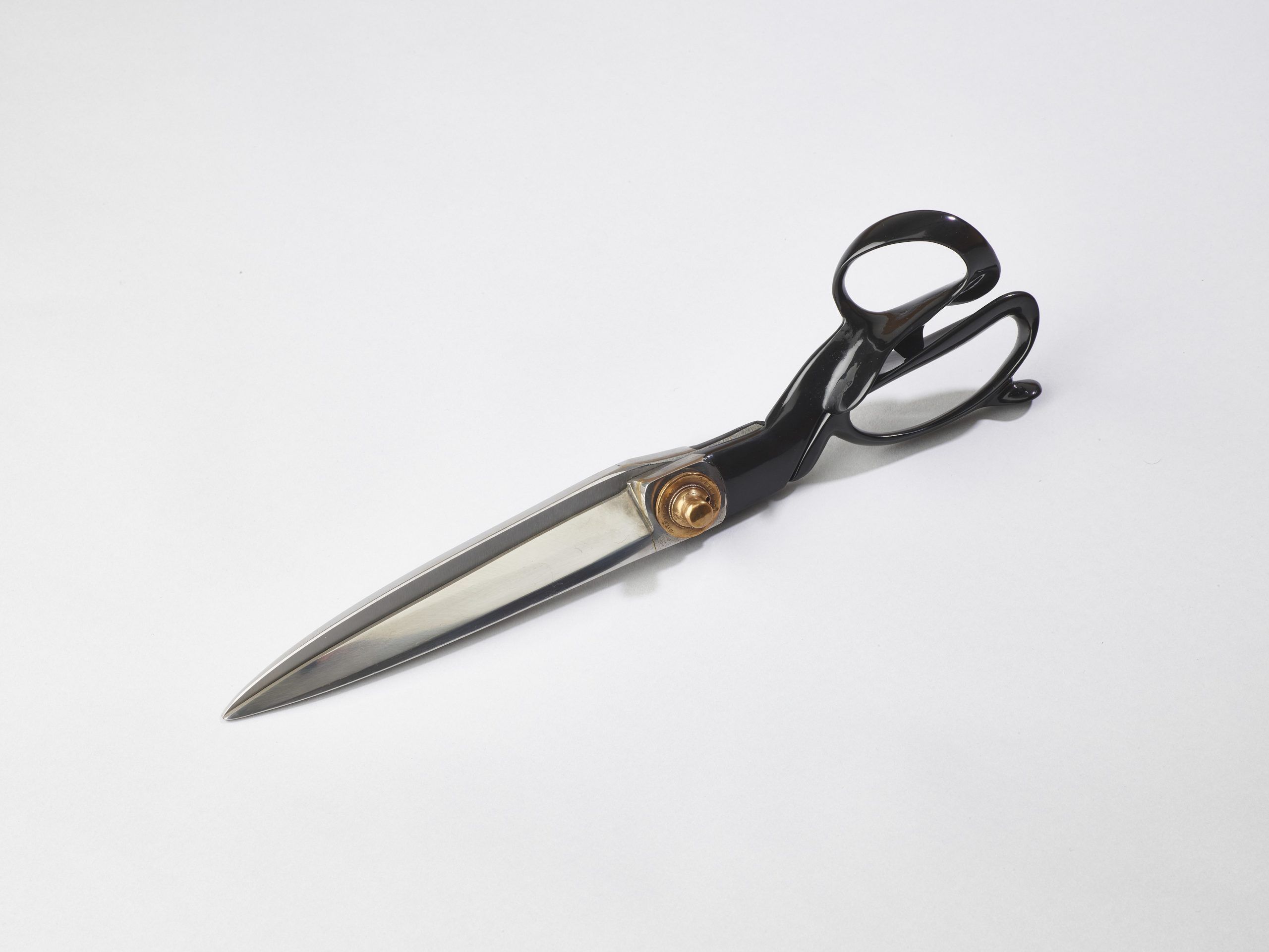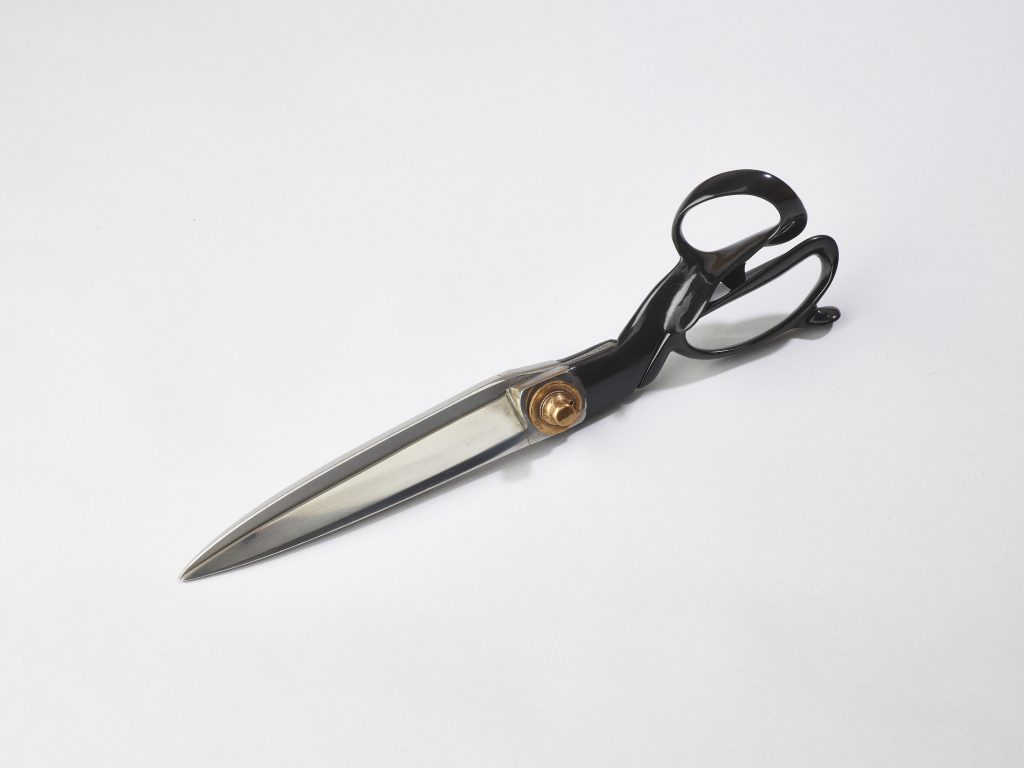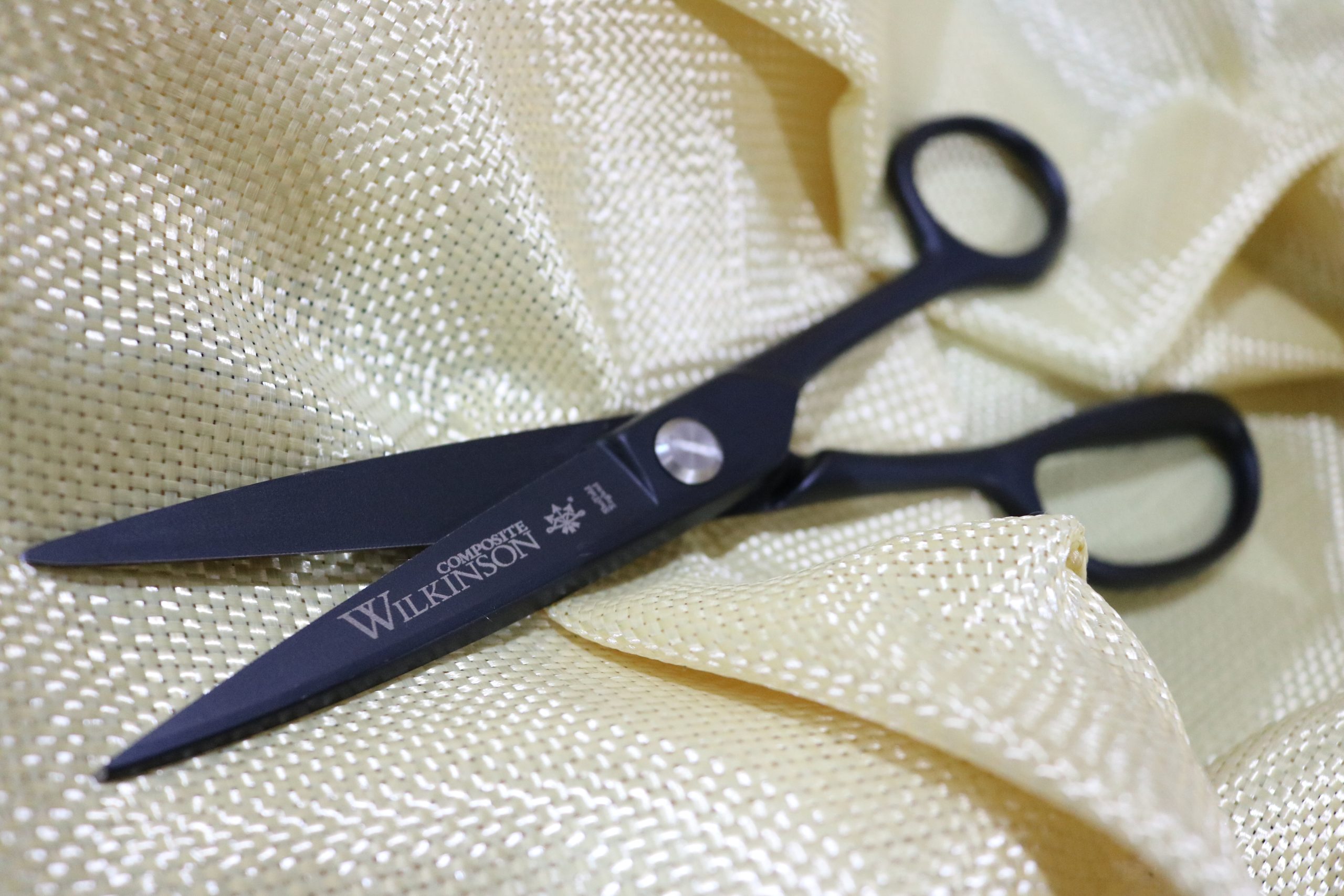
Sally’s Blog: Big Scissors
For some reason, some of the scissors used by people in the 1800s and early 1900s were Really Big; the longest pair I have come across are 16” and really quite heavy; 2kg (or 4.5lbs). Some of the collection of big scissors we have accumulated were already part of the furniture at old, old Whiteley’s (2 factories ago) and since then I have kept a look out for antique Wilkinson and Whiteley big shears (Whiteley’s bought out Wilkinson’s in approx. 1879) and now have quite a good collection which I will share over the coming weeks.
There was no dropforging of any kind, including scissors until the year 1900. Due to the lack of drop forging, we had 12 hand forgers and all scissors were a bit different even if they had the same description, which makes things very interesting for me! Some scissors were very different and all unique in their own subtle ways.
The first scissor catalogue was produced by Thomas Wilkinson & Sons around 1835 and was mostly just a poster with all the different scissor patterns on it along with the sizes and pattern (code) numbers.
Just an aside, Thomas Wilkinson invented the “sidebent“ scissor which you will see frequently on our website today. A sidebent refers to the shape of the scissor and means that the thumb bow is cranked up to the side and the bottom blade is almost straight. The whole advantage of the sidebent shape means that a user can run the bottom blade under a long bolt of fabric without overly disturbing it, as only the top blade moved up and down allowing them to achieve a straight and accurate cut.
In the catalogue, the first one of these was 31261/2 – “three one two six and a half”. We still use some of the old pattern numbers in our industrial range today. The 312 refers to the style of scissor and the 6/2 refers the overall length, meaning it was 6.5 inches long.
There is, however, a very special pair of big scissors which takes the art of not disturbing the fabric to a new level. The bottom blade is fixed and flat. The top blade moves up and down driven by a rachet mechanism in the centre of the scissor and the bottom blade remains completely still. More about this if you follow the big scissors posts which will be up over the following weeks.
16” scissors (shears) are no longer available unless they are antiques or specially made, but they were in the 1900 Whiteley catalogue. I have located a pair – the are in a bad state as the blades are rusted all over, but they open and close and we are going to have a little series of videos of one of our craftsmen, Andrew, bringing them back to their former glory.

Post a Comment
You must be logged in to post a comment.

